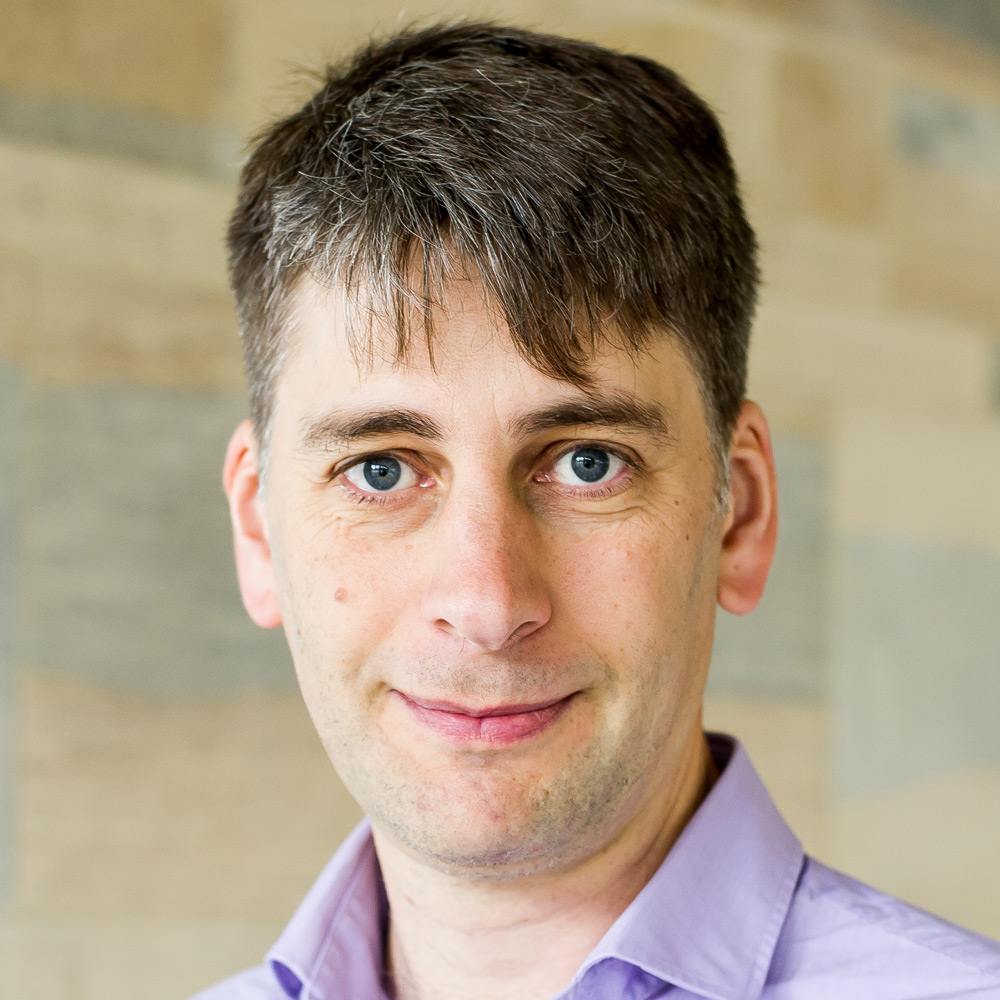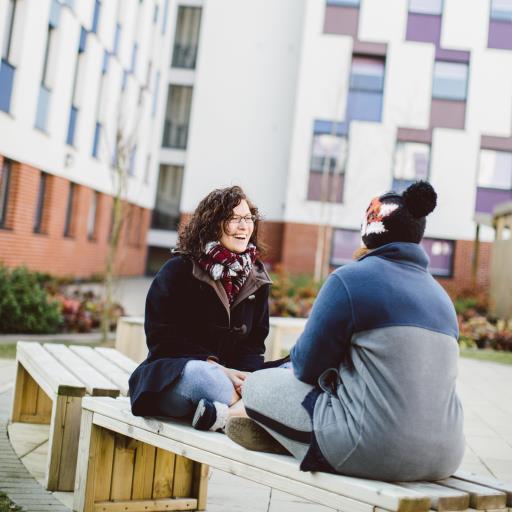Algebra, Geometry, and Discrete Mathematics theme
Theme lead: Dr Jesus Martinez-Garcia
Academics in this theme study aspects of groups and semigroups, commutative algebra, algebraic geometry and graph theory. Our research also includes applications of finite field theory to network coding.
The theme’s research in algebra concerns group theory (Dr Litterick, Prof. Williams), semigroup theory (Prof. Higgins, Dr Vernitski), and meets algebraic geometry and geometric topology (Dr Gunturkun, Dr Martinez-Garcia, Dr Vernitski, Prof. Williams), graph theory and combinatorics (Dr Claridge, Prof. Higgins, Dr Vernitski, Prof. Williams), computational algebra and topology (Dr Litterick, Dr Martinez-Garcia, Dr Vernitski, Prof. Williams) algebraic number theory and linear algebra (Prof. Williams), and information theory and network coding (Dr Claridge).
Some theme members also work in applications of the above areas to other subjects, such as algebraic data compression methods (Prof. Higgins, Dr Vernitski), machine learning and artificial intelligence applications to mathematics (Dr Vernitski) and communication channels and information flow through the brain (Dr Claridge).
Dr Martinez-Garcia has previously received an EPSRC Standard Grant for the project The Calabi Problem for smooth Fano Threefolds. Professor Williams and Dr Vernitski have each recently held Leverhulme Research Project Grants, for work on group presentations with cyclic symmetries and machine learning in knot theory, respectively.
The theme also carries out research bridging its distinct topics, with an annual international workshop in algebraic geometry and algebraic groups (AGGITatE). The 2026 edition of AGGITatE, “Algebraic groups, geometry, invariants and related topics” will be a month-long residency programme with over 30 researchers coming to Essex. This is funded by an Isaac Newton Institute Satellite Programme grant (PI Dr Litterick, CO-I’s Dr Gunturkun and Dr Martinez-Garcia).
We are always interested in welcoming new postdoctoral researchers and PhD students through external competitive funding. If you are interested in applying for one of the opportunities at Essex, you can contact a researcher working in your area of interest or get in touch with the Theme Lead (see below).

Academics and PhD students working in this theme.

Selected papers
Researchers
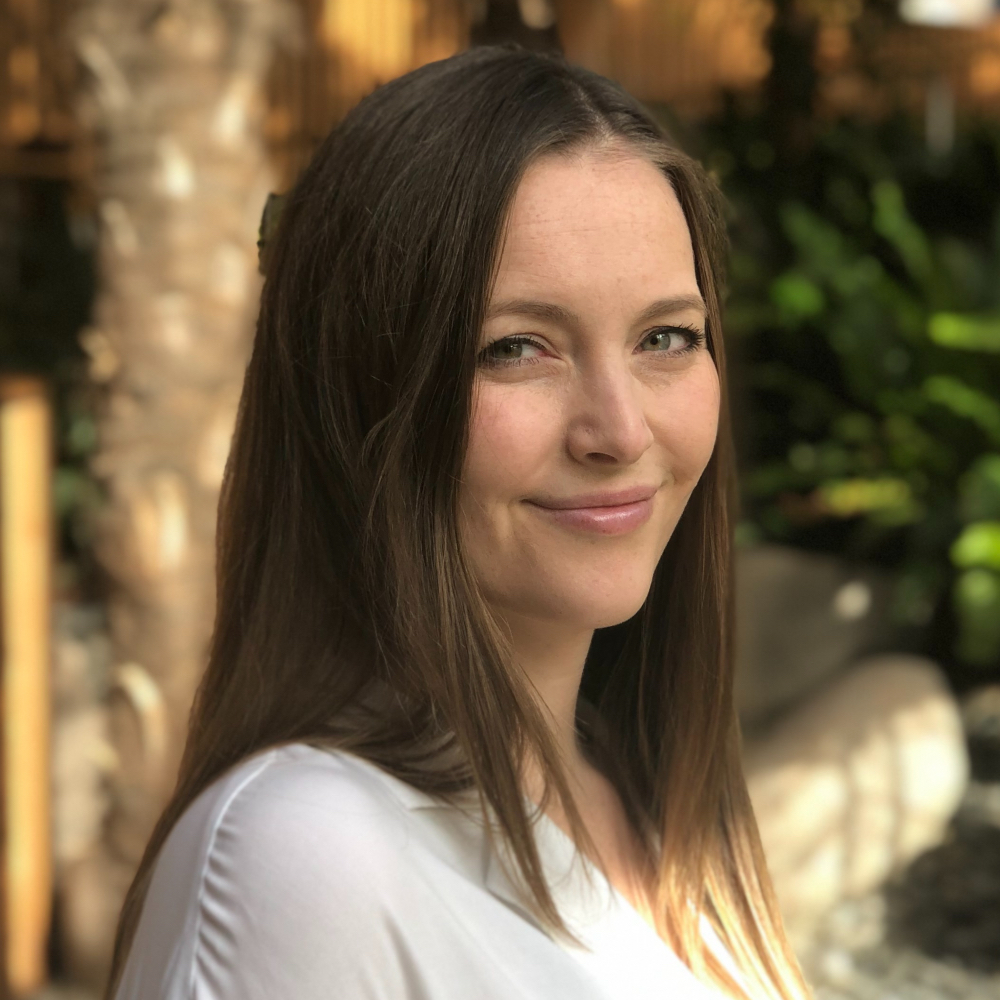
Lecturer in Mathematics
School of Mathematics, Statistics and Actuarial Science, University of Essex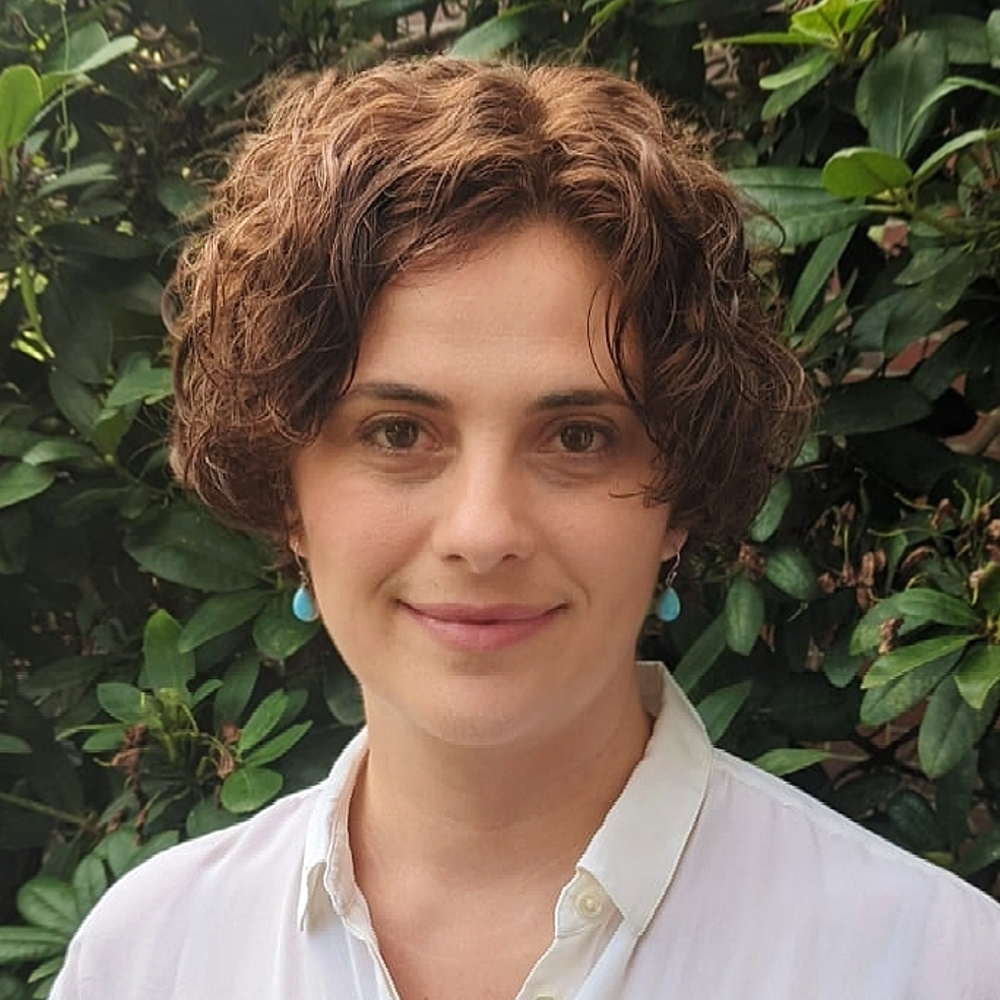
Lecturer in Mathematics
School of Mathematics, Statistics and Actuarial Science, University of Essex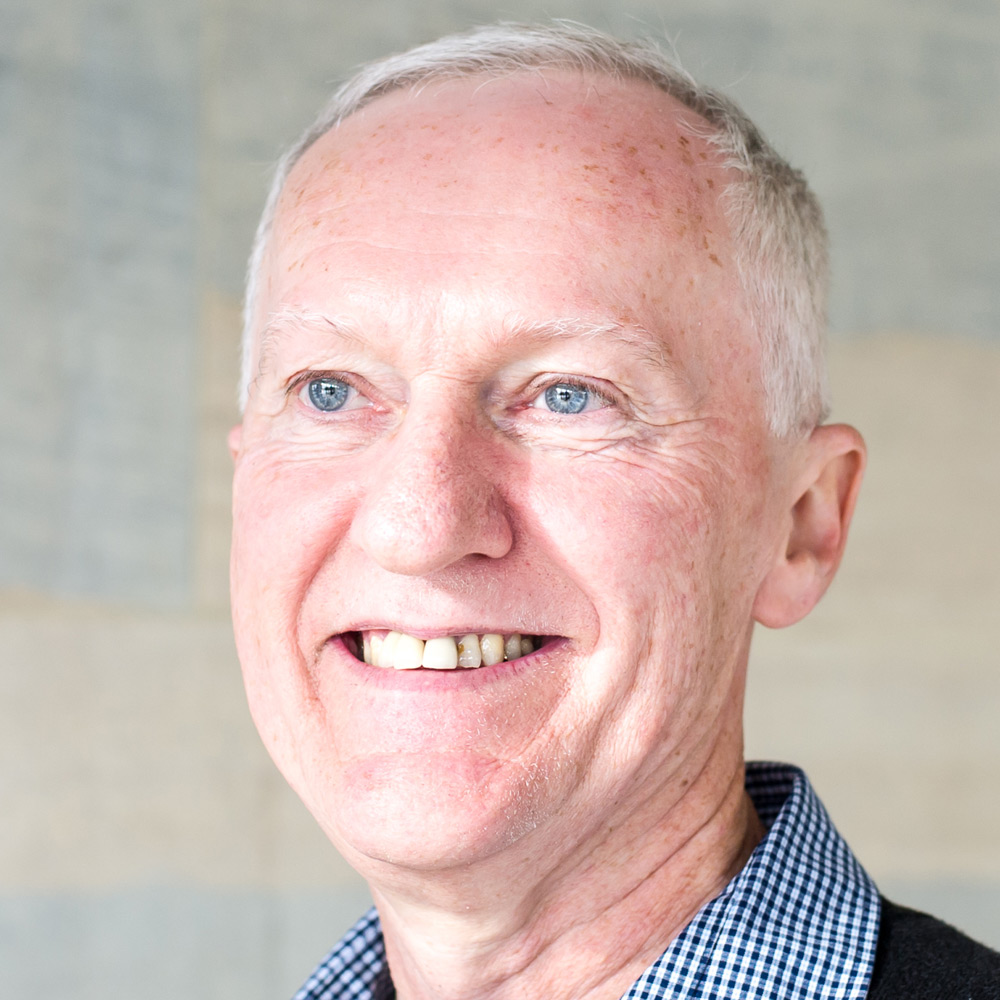
Emeritus Professor
School of Mathematics, Statistics and Actuarial Science, University of Essex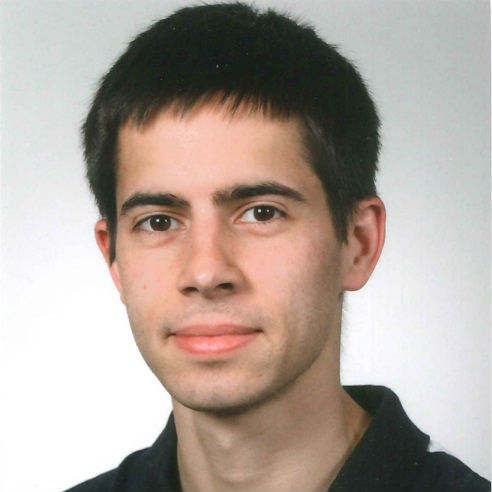
Senior Lecturer in Mathematics
School of Mathematics, Statistics and Actuarial Science, University of Essex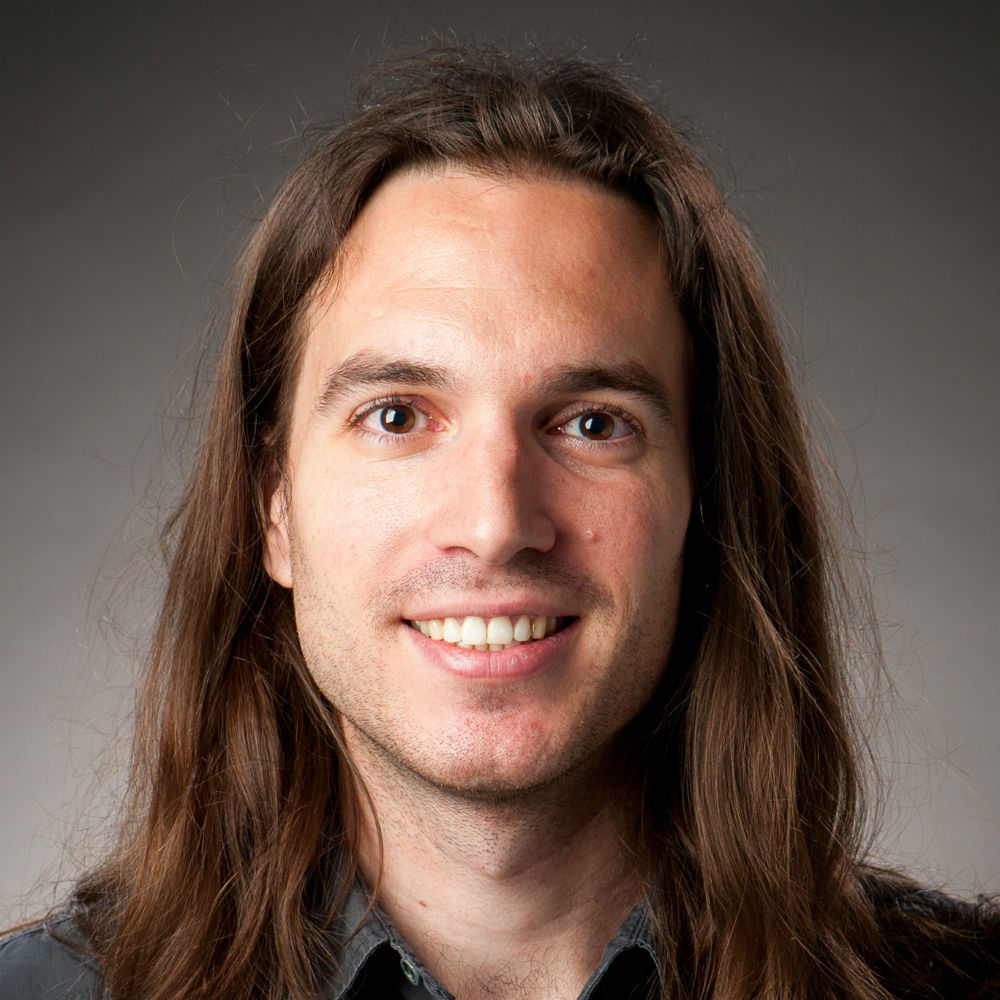
Senior Lecturer in Pure Mathematics
School of Mathematics, Statistics and Actuarial Science, University of Essex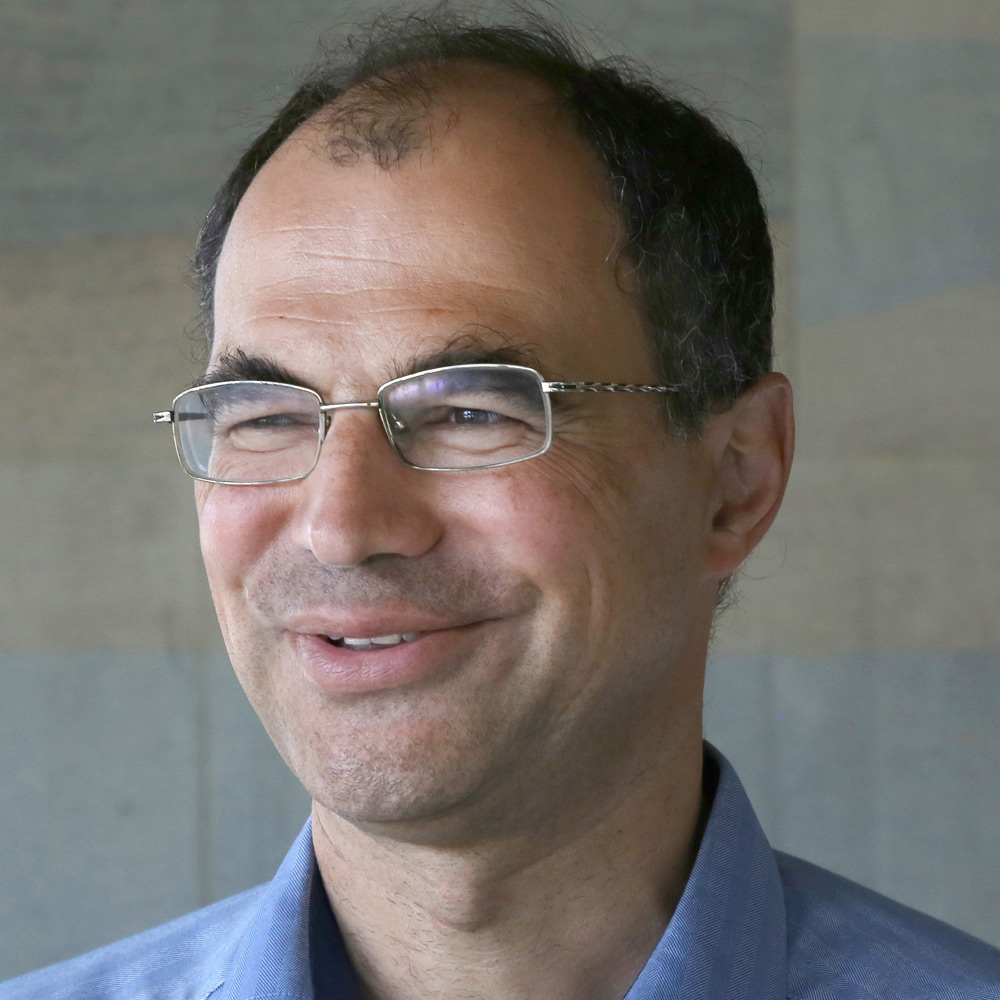
Senior Lecturer in Mathematics
School of Mathematics, Statistics and Actuarial Science, University of EssexResearch students

Postgraduate Research Student
School of Mathematics, Statistics and Actuarial Science, University of Essex
Postgraduate Research Student
School of Mathematics, Statistics and Actuarial Science, University of Essex
Postgraduate Research Student
School of Mathematics, Statistics and Actuarial Science, University of EssexPostgraduate Research Student
School of Mathematics, Statistics and Actuarial Science, University of Essex
Postgraduate Research Student
School of Mathematics, Statistics and Actuarial Science, University of Essex
Postgraduate Research Student
School of Mathematics, Statistics and Actuarial Science, University of Essex
Postgraduate Research Student
School of Mathematics, Statistics and Actuarial Science, University of Essex